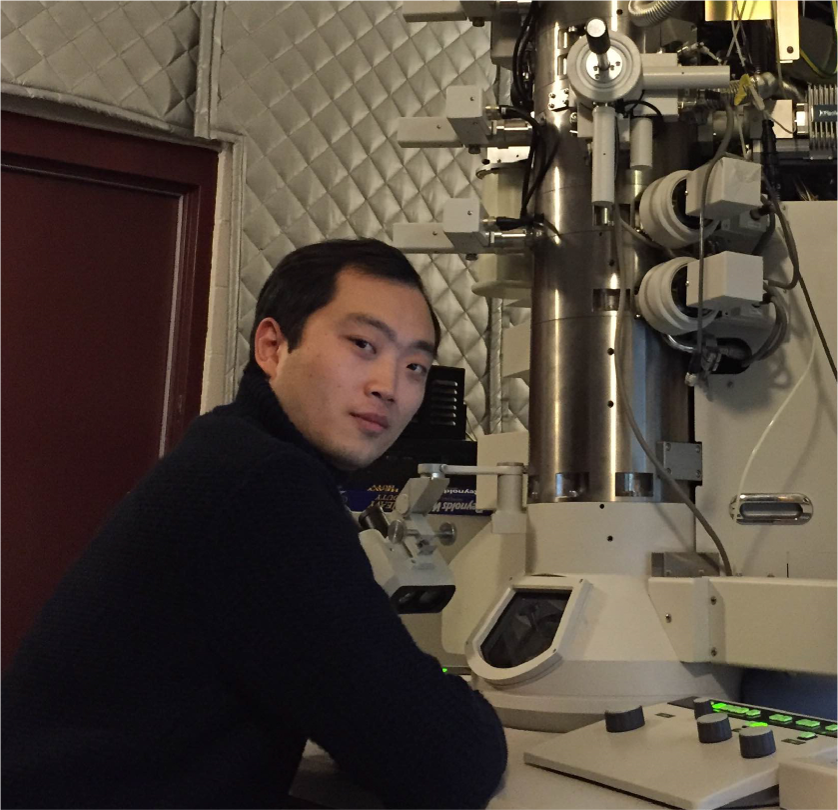Welcome to the Research Website for Dr. Shiteng Zhao
Research Interest
Improving the sustainability of structural materials is a constant thrust for advancing human civilization. Mechanical metallurgy, a discipline concerning how materials with distinctive microstructure response to mechanical stimuli, is, therefore, always rooted in the core of the physical metallurgy. My research, in general, falls into this broad category. Primarily, I am interested in the deformation and failure mechanisms of materials at extreme conditions and develops advanced ex-situ and in-situ characterization techniques to probe the physics of the deformation. Subsequently, these gathered information is used to guide metallurgical processing of the new alloys.
About my Research Experience
In 2010, after completing my undergraduate study at the University of Science and Technology in Beijing, majored in materials science and engineering, I was granted an oppertunity to join Prof. Guenter Gottstein’s group at the RWTH Aachen Univeristy in Germany, where I focused on two projects: 1. microstructure evolution of the directionally solidified NiAl-28Cr-6Mo eutectoid intermetallic composite; and 2. influence of severe plastic deformation on the dynamic strain aging of the ligthweight, ultrafine grained Al-Mg alloys. From the very beginning of my academic trainning, I appreciate the conncetion across microstructure, thermodynamics, and mechanical properties. These trainning also equip me with a foundation to look at scientific problems with a materials science perspective: microstructure always matters! I intented to continue my Ph.D. with Prof. Gottstein but his retirement prevent it from happening. With a hope to dive into the selective laser melting based 3-D printing technique, I flew to the USA and joinned Prof. Marc Meyers group at UC San Diego in Sept. 2013. Well, the project is indeed dealing with laser, only with a intensity several orders of magnitude higher! OK, I guess I was too young to believe all the lasers are created equally. Nevertheless, I quickly fell in love with my thesis topic on using powerful pulsed laser to study high strain rate, shock deformation of materials and started a friendly and fruitful collaboration with a team from LLNL led firstly by Dr. Bruce Remington and then Dr. Hse-Sook Park. The project turns out to be a great success, we managed to observe what we believed to be a general deformation mechanism called shock induced amorphization in a variety of materials, incuding silicon, germanium, boron carbide, silicon carbide, olivine, and even high entropy alloys! We then developped thermodynamics model to rationalize such a metastable and nonequilibrium phase transition. This is a fun journy for me because I learnt quite a lot about shock wave and how it deforms material heavily, but differently. And more importantly, I learnt to master advanced electron microscopy, a technique that I considered to be the eyes of material scientist. For this reason, I had the pleasure to talk to Prof. Andrew Minor during a symposium held at UC Berkeley, when he offered me a postdoc position and a freedom to explore across different topics including electroplasticity, short range order, and cryomecahnical processing of nanotwinned metals. So here I am, a material scientist, a shock physicist, and an electron microscopist.
